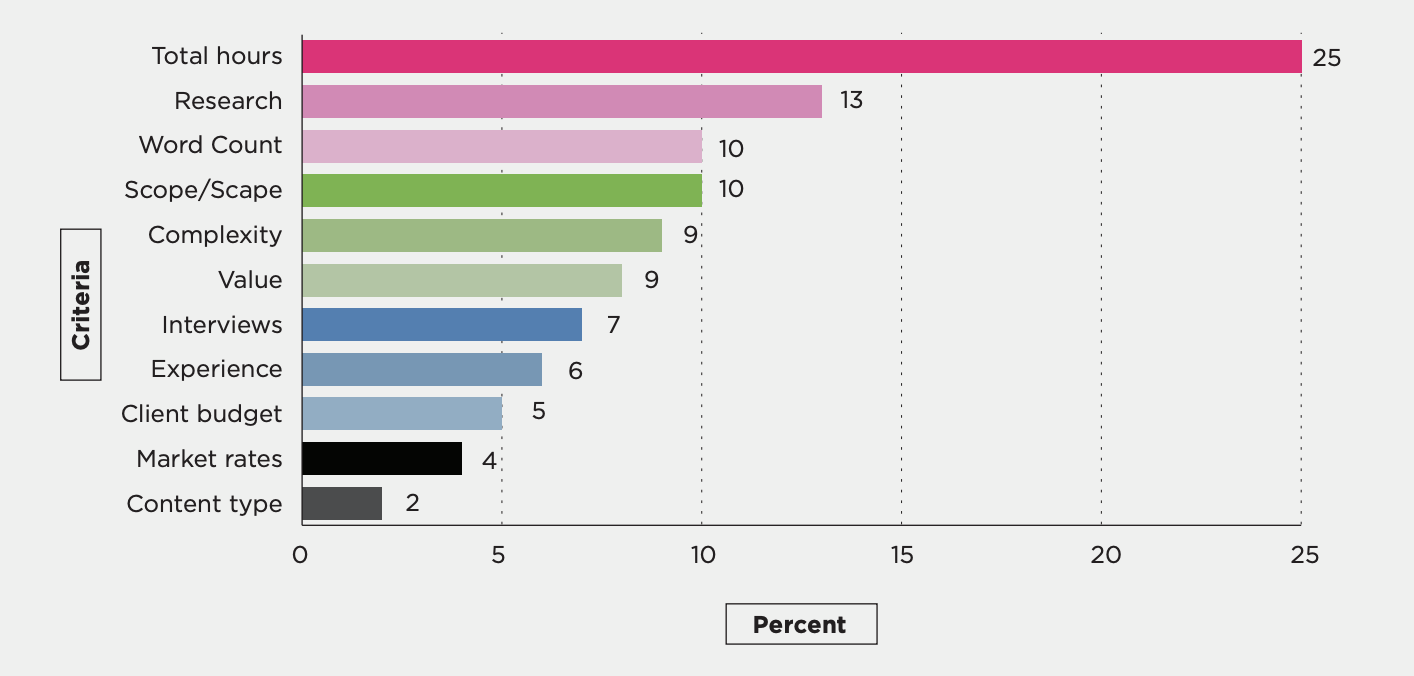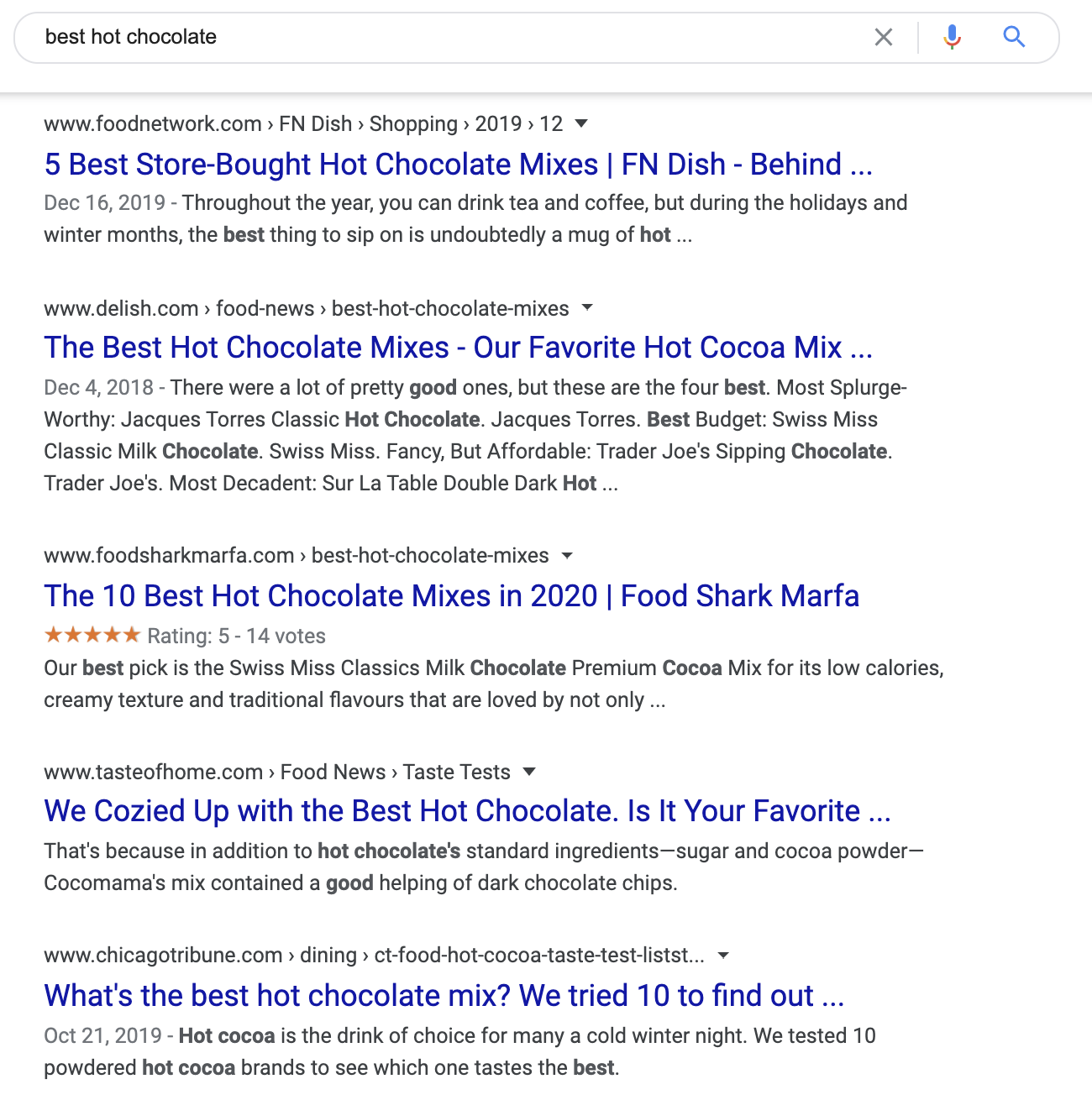This is a guest post by fellow freelance writer Kaleigh Moore. She specializes in creating long-form blog content for eCommerce platforms and the SaaS tools that integrate with them. She also writes about retail for publications like Forbes, Vogue Business, and Adweek.
What is Freelance Writing?
Step into any coffee shop and you’ll find someone sitting at a table, sipping a latte and tap-tap-tapping their keyboard as they fill up a Google Doc (...or a Word Doc *shudders*)
Maybe you notice them on your lunch break as you’re rushing through the line to get back to the office with your afternoon pick-me-up and you think, “Man, I’d love to be able to do what they do.”
Well, you can...and freelance writing is your ticket to it — like it was for millions of Americans in 2019.
Now’s about the time you ask, “What is freelance writing, anyway?”
Maybe you got brave and chatted with the writer in the coffee shop or you’ve been reading about freelance writing in dozens of “ditch the nine-to-five” type blog posts...but you’re still a little fuzzy on what it actually means, what freelance writers really do and, most importantly, whether you could actually get paid enough to do it sustainably.
Let’s clear out the fog and talk about freelance writing so you can walk away knowing if it should be your next career move.
What is freelance writing, exactly?
First things first — a freelance writing definition.
Freelance writing is when a self-employed person is paid to write for other businesses or publications.
Clear as mud, right? Let’s break it down a bit further.
First of all, a freelance writer is a self-employed independent contractor, meaning you’re running your own business. You take care of invoicing clients, paying taxes, tracking business expenses, and all that other fun stuff that comes with being a business owner.
You’re your own boss — you make decisions about who you work for and the work that you take on.
Second, you get paid. While there’s a place for unpaid guest writing to help you get your name out there, you still have to pay your bills, which means you need to bill clients for the work that you do. Getting paid sets hobby writers apart from freelance writers.
Last: freelance writers write for other businesses and publications. This means you aren’t tied down to one business like you would be as an employee. Instead, clients hire you to work on individual projects and you’re free to take on as many clients as you can handle (or you can stick with one or two loyal clients that send a good volume of work your way.)
Different types of freelance writing
Remember, freelance writing gives you options. You can choose everything from when and where you work to the industries you work in and the types of writing you do.
You’ll find all sorts of freelance writing options, but don’t feel like you have to do them all. You’ll be better off picking just one or two areas of focus that you know you can execute well (‘cuz trust me, there’s plenty of work to go around.)
Here are a few types of freelance writer titles and some details on what they do.
Freelance blogger
Freelance bloggers get paid for writing and crafting content on other people’s blogs. (This is primarily what I do as a full-time freelance writer.
Blogging is one of the most common freelance writing specialties and a great option for getting started. Your work will help your clients teach people and build up their organic ranking in search results. You’ll want to come armed with some basic search engine optimization (SEO) skills, some basic copywriting knowledge, and a solid process in place for tackling projects.
News/feature writer
As a reporter or journalist, you’ll likely do news/feature writing while freelance writing for newspapers, online publications, and/or magazines. These stories are timely, often have a personal touch, and can come in all different lengths depending on the publication.
Web copywriter
A lot of companies struggle to write their own website copy, so they’ll hire a web copywriter to help them craft a message that expresses who they are and what they do in a clear and engaging way. Freelance web copywriters write anything from homepage copy to about pages to staff biographies. Basically, anything that would show up on a website.
Conversion copywriter
Conversion copywriters are experts in conversion optimization and write sales assets like landing pages, email campaigns, and sales funnels to help clients land more sales and make more money. Understanding persuasion and how people make decisions goes a long way in this niche, and it requires a deep understanding of best practices around conversion rate optimization (CRO.)
Social media writer
If you’re the master of telling stories in 280 characters or less and you’ve never seen a picture you couldn’t caption, businesses will pay you to help them build relationships with their customers on social media. Freelance social media writers excel at writing with personality in short-form.
Technical writer
You’ll need a knack for complexities and detail to be a skilled technical writer. These freelance writers create things like instructions, user manuals, and product brochures to make sure their clients’ customers know how to use their products. This type of work is best suited for writers with patience, that don’t mind diving deep into the nuts and bolts of a product, and that understand the importance of attention to detail.
Who can be a freelance writer?
You can.
Seriously. There’s no job description for freelance writing. Anyone can do it.
You don’t have to have a college degree or years and years of industry experience for someone to hire you to write for them. In fact, this survey found that only 69% of freelance writers had a Bachelor’s degree.
Your certification isn’t what matters. Instead, your clients just want to know that you can get the job done--and that you’ll do it well.
You should have a good grasp of the English language and an appetite to learn and research. If you can show your clients that you know where to find the information they need, that you have a track record of success, and that you can write about the topics they assign you in a way that people actually want to read, you’ll be on your way to freelance writing success.
Where to find freelance writing work
Of course, finding freelance writing work is easier said than done, especially when you’re first starting out. You need to have a game plan for finding your first project and on-going work after that.
It’s easy to get slip into the bottomless pits that are Upwork and Fiverr — avoid them at all costs. These platforms force you to compete with thousands of other freelancers for the same work from shady clients. It’s a race to the bottom on these sites, making it difficult to charge what you’re actually worth.
But there’s a better way. I call it the Freelancing Flywheel.
The flywheel breaks down the client-getting process into four steps:
Learn. Here’s where you hone your skills as a writer, a researcher and a business owner. This process never ends because you can always become more of an expert in your niche and more efficient in your business. As you do, you’ll charge more for your work while spending less time on tasks that slow you down and keep you from work that makes money.
Network. Growing your network with clients and other freelancers will help you improve your writing, build community, and find new opportunities. These people are your freelancing lifeline. They can help you fix problems, point you to new places to find work, and even send you referrals or hire you directly.
Cultivate. As you build your network, you need to strengthen your relationships. Do little things that make other people look good — especially if those “other people” are your dream clients. Share their work on social media. Offer helpful insights in writers’ groups. Check in with past clients. These relationships will help you reach your freelancing goals. Cherish them.
Ask. If you do the first three steps well, the last one should come naturally. Now, that doesn’t mean it won’t scare your pants off the first several times you pitch an idea. Instead, it’s the next logical step in finding freelance writing work — asking for it. You can pitch publications directly, ask your past and current clients if they have any leads or talk to other freelancers in your network about new opportunities. If you’ve built strong relationships, the work will come.
I talk a lot more about the Freelancing Flywheel in this blog post if you want a more in-depth explanation with lots of resources to help you find freelance writing work.
Getting started with freelance writing
Freelance writing is a pretty sweet career path. Sure, it has its ups and downs, but what job doesn’t? The ups definitely outweigh the downs for me — and I hope they do the same for you too!
But you can’t be content to just read about freelance writing. You have to get out there and give it a try. Set goals for yourself to hone your skills, build relationships, and ask for work.
















This kit includes:
First contact email template
Onboarding email template
2 cold pitch templates
What to discuss on your first call checklist
Content writing brief
Customizable contract
Demand letter template
Rates report